The prolific Western red cedar (Thuja plicata) has, for most of recorded history, been a silent bastion of our local forests, coasts, and mountains here in British Columbia. It’s a cornerstone of indigenous cultures, lending its natural water-resistance and massive size to construction, culture, and beyond. If California is famous for its redwoods, BC is famous for our red cedars.
However, despite our long and storied history living alongside red cedars, their future is becoming more and more uncertain.
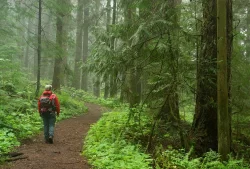
Red Cedars: A Brief History
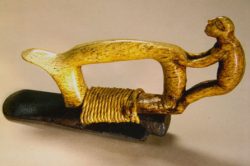
A D-adze for carving cedar. Source: Burke Museum
Red cedars have been of great cultural and spiritual significance for thousands of years. Archaeological expeditions in Vancouver, the Lower Mainland, and on Vancouver Island have unearthed tools, baskets, ropes, and other artifacts made of red cedar (or meant for use in red cedar construction) that are estimated to be 5000-8000 years old.
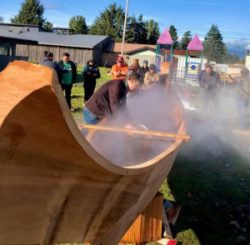
Members of the K’omoks First Nations making a dugout cedar canoe in autumn 2021. Source: Comox Valley Schools Indigenous Education.
In the indigenous communities from which these artifacts originated, red cedars were seen as the “tree of life”. They’re strong, flexible, and naturally waterproof, so they were used for shelter (in the construction of longhouses), transportation (canoes), food (ropes made from its flexible-yet-strong branches were used for fishing), water (woven baskets for water collection), clothing and bedding (the soft bark was even used in infant cradles), and medicine.
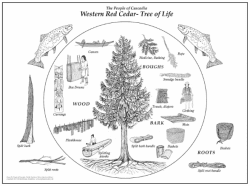
The Tree of Life. Source: North Cascades Institute
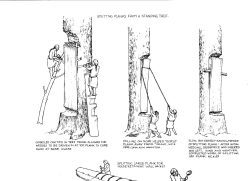
A diagram showing how planks were harvested from cedar trees. Source: Comox Valley Schools Indigenous Education.
Cedars were spiritually significant, too. Harvesting one for materials was ceremonious amongst some indigenous communities, involving prayer to the spirits of the trees for safety and longevity. Its branches were used in ceremonies, and the tree itself is associated with healing, dreams, and protection against disease. A paragon of strength and endurance, the mysterious power of the red cedar was said to be imparted to anyone who rests against its trunk.
The red cedar has long been considered a solemn and dear friend, with whom we share a mutually beneficial, symbiotic relationship.
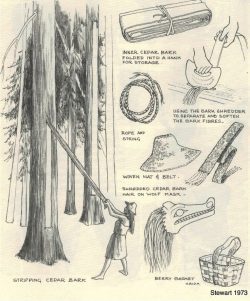
Photo gallery courtesy of Vancouver Archives:
Nowadays…
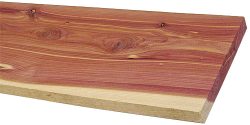 Now, red cedar is a versatile, soft lumber with a great many uses. It’s valued (if a little pricey) for outdoor construction of decks, pergolas, and more. Though it lacks the raw strength of many hardwoods, it’s still valued in artistic and architectural builds due to its attractive grain and durability: even a fallen cedar tree can resist decay for over 100 years.
Now, red cedar is a versatile, soft lumber with a great many uses. It’s valued (if a little pricey) for outdoor construction of decks, pergolas, and more. Though it lacks the raw strength of many hardwoods, it’s still valued in artistic and architectural builds due to its attractive grain and durability: even a fallen cedar tree can resist decay for over 100 years.
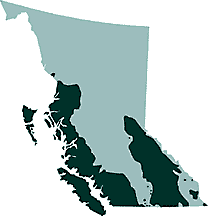
Western red cedar is widely proliferated across BC (and down the U.S. coast).
Red cedars still stand strong in our many temperate rainforests. Avatar Grove, Strathcona Provincial Park, Cathedral Grove, and Pacific Rim National Park Reserve (which currently holds the largest known red cedar in the world, the Cheewhat Giant, which is 450 cubic metres in volume) are world-renowned destinations wherein red cedars are heavily proliferated.
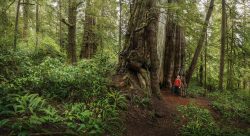
At 6m in diameter, the Cheewhat Giant, located on Vancouver Island in Pacific Rim National Park Reserve, is the largest tree in Canada (by volume), and the largest known red cedar in the world.
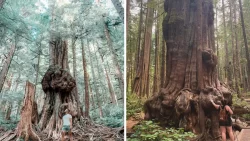
“Canada’s Gnarliest Tree,” a red cedar in Avatar Grove, Vancouver Island. Source: Narcity
Indigenous cultures continue to revere the red cedar, as well. It was a fundamental building block of ancient local civilizations, and continues to hold sway in aboriginal culture.
Future Concerns
Red cedars’ natural imperviousness to moisture and water is one of their greatest assets. It makes them perfect trees for our rainy climate; they’re among the most logical native plants in our area. They’re also ideal for outdoor construction because they don’t need to be stained, painted, or sealed to repel moisture like most other types of lumber.
However, their capacity to take in and store such vast amounts or water isn’t accidental – cedars require an above-average yearly rainfall in order to avoid drying out. And unfortunately, in recent years, numerous reports have suggested that red cedars in the area are beginning to die due to extended periods of intolerable drought. In climates where cedar once thrived for thousands of years, it’s suddenly beginning to turn brown and die.
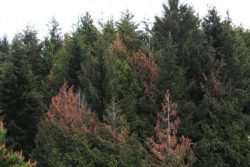
Even up north, red cedars are beginning to weaken due to drought. Source: Terrace Standard (2019).
Experts have been sounding the alarm for several years now, saying that we could begin to see cedar forest begin to dwindle significantly, or vanish entirely, if current climate patterns continue. More and more areas of Vancouver Island, the Gulf Islands, and the Lower Mainland (including Vancouver’s own Jericho Park) are seeing an uptick in trees losing their colour and dying away — especially in sunnier, dry areas.
Red cedars are more than just a nice addition to our coastal scenery; they’re an integral part of local cultures. So keep your eyes open for browning cedars and do whatever you can to help preserve them.

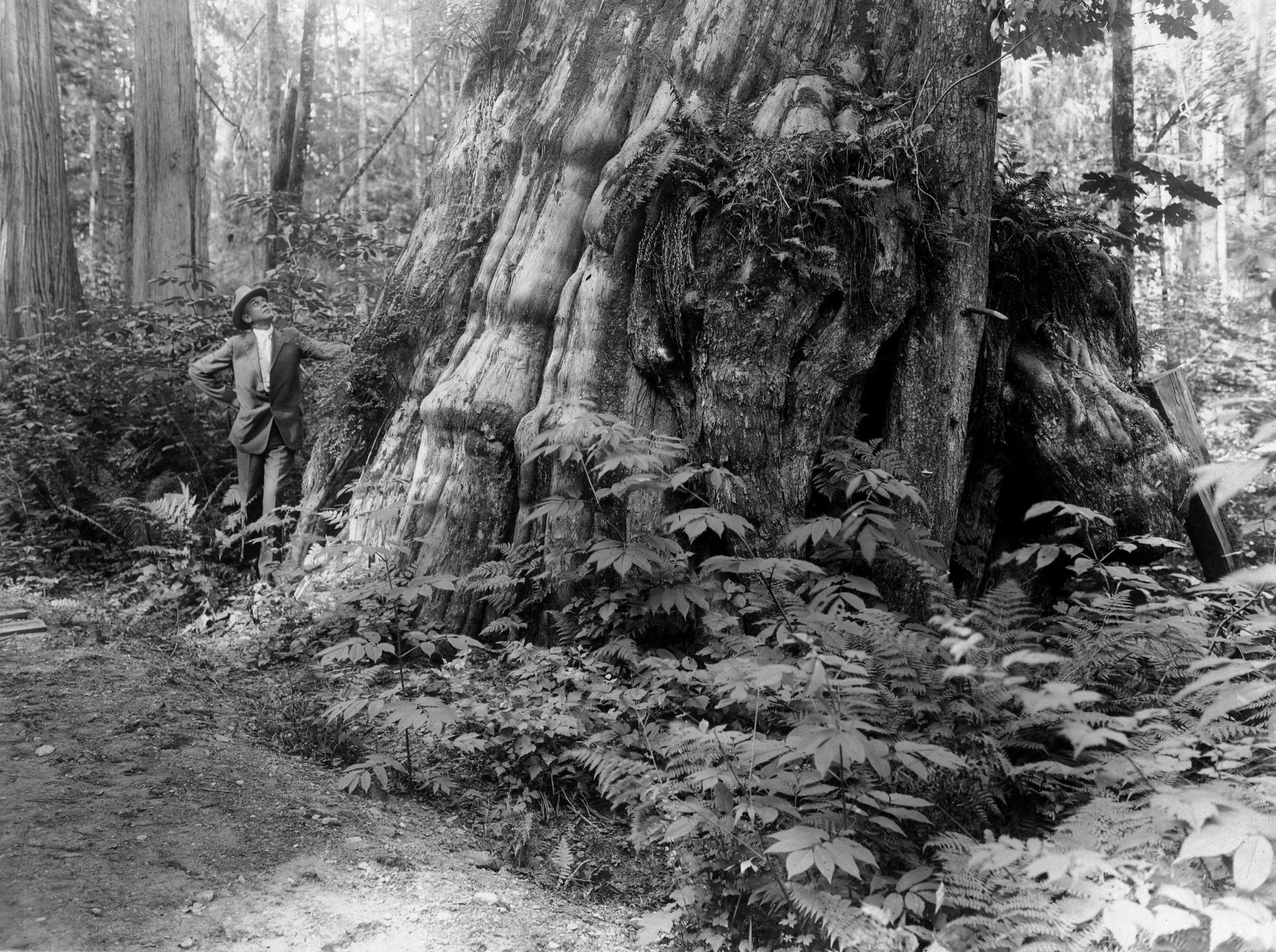
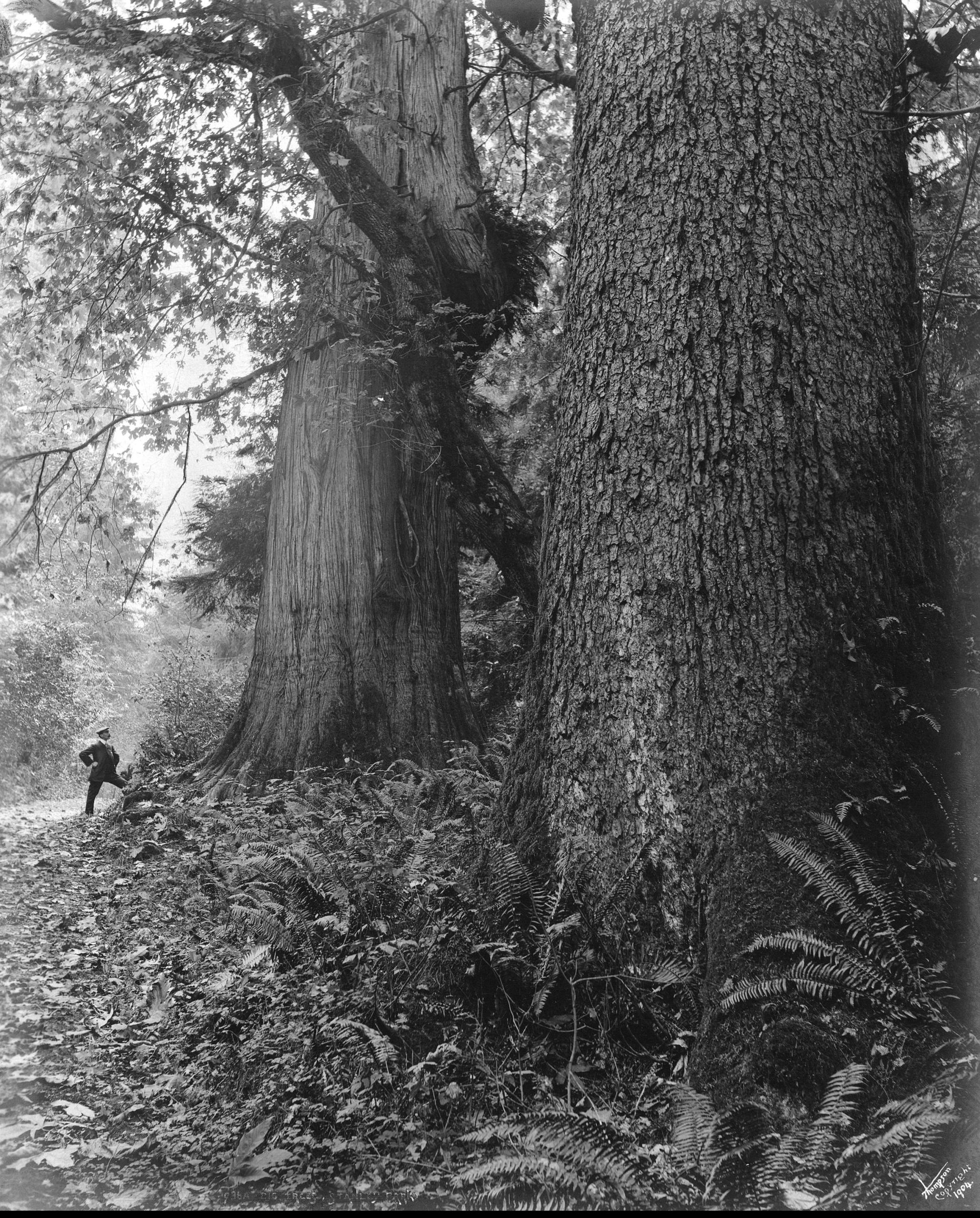
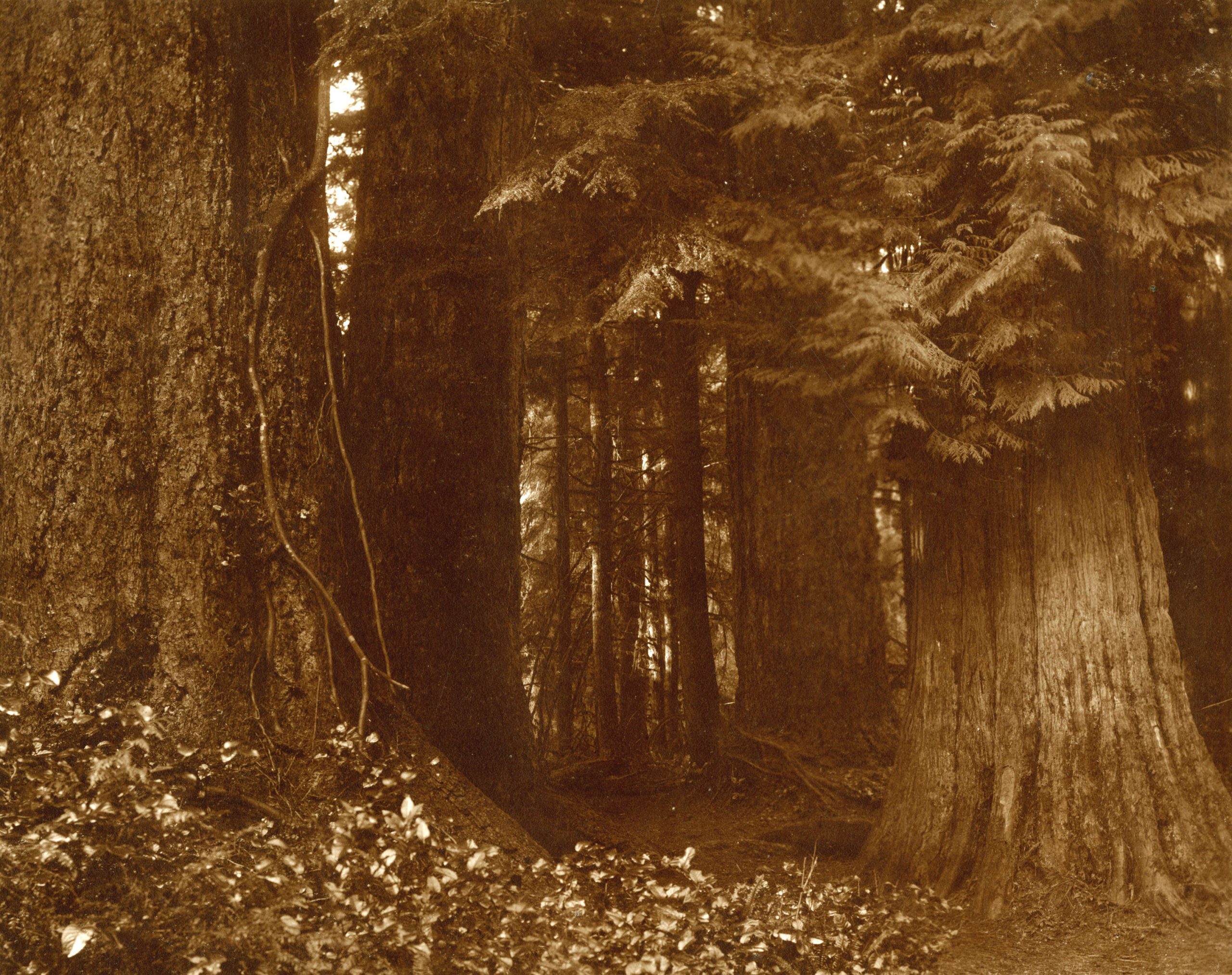
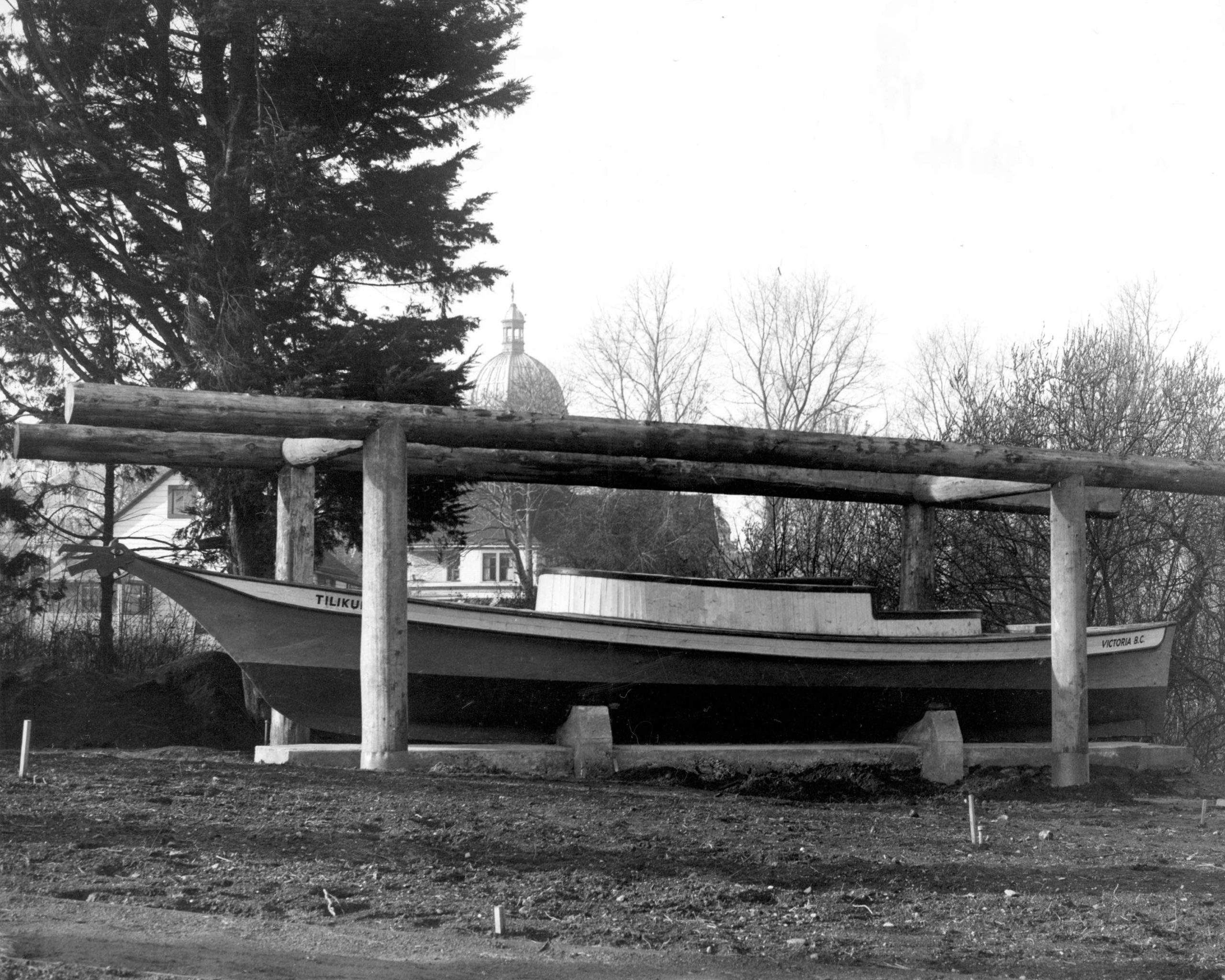
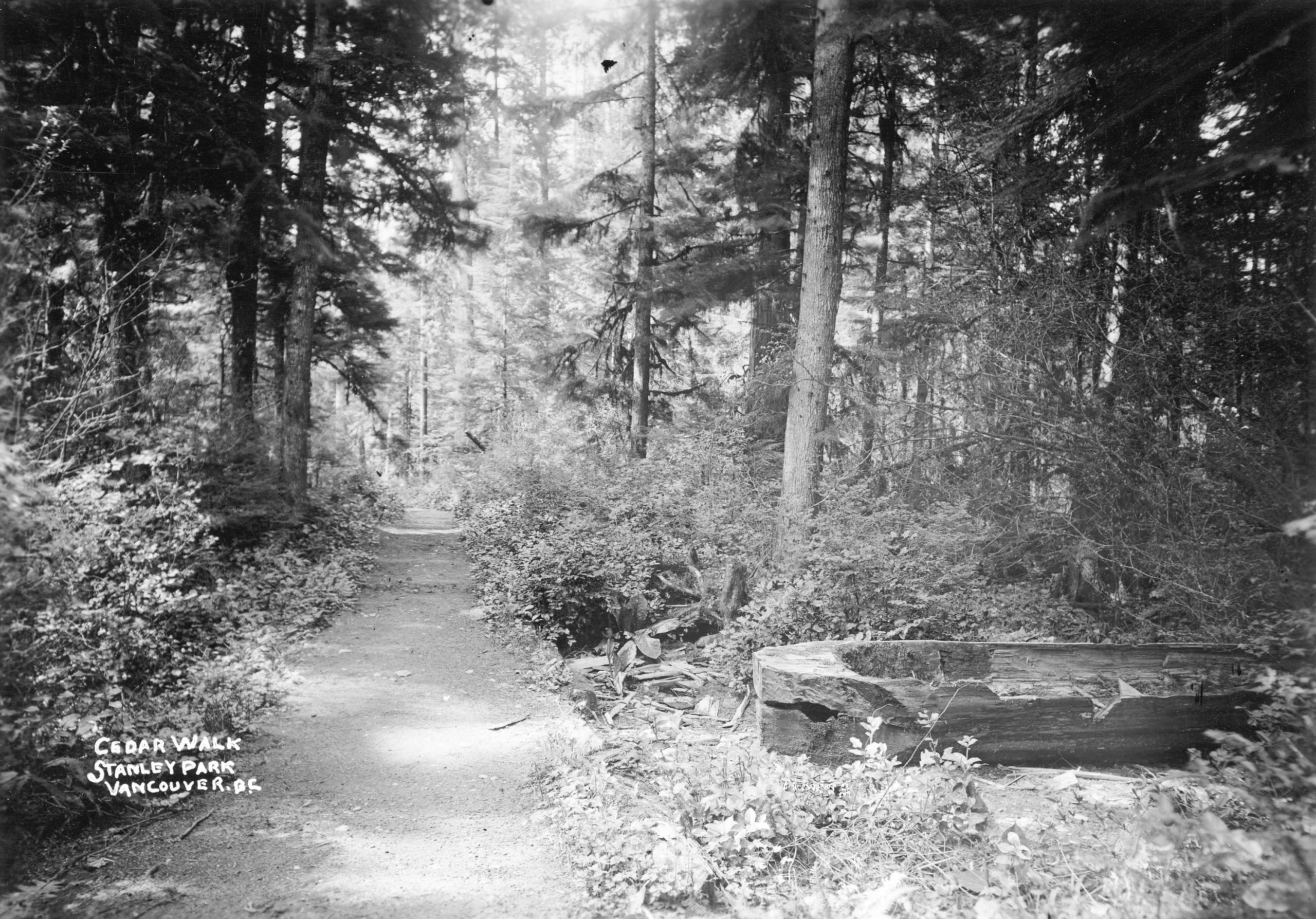
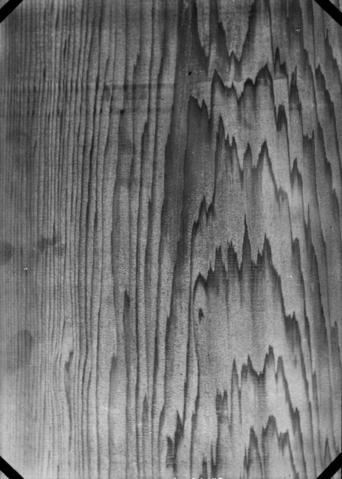
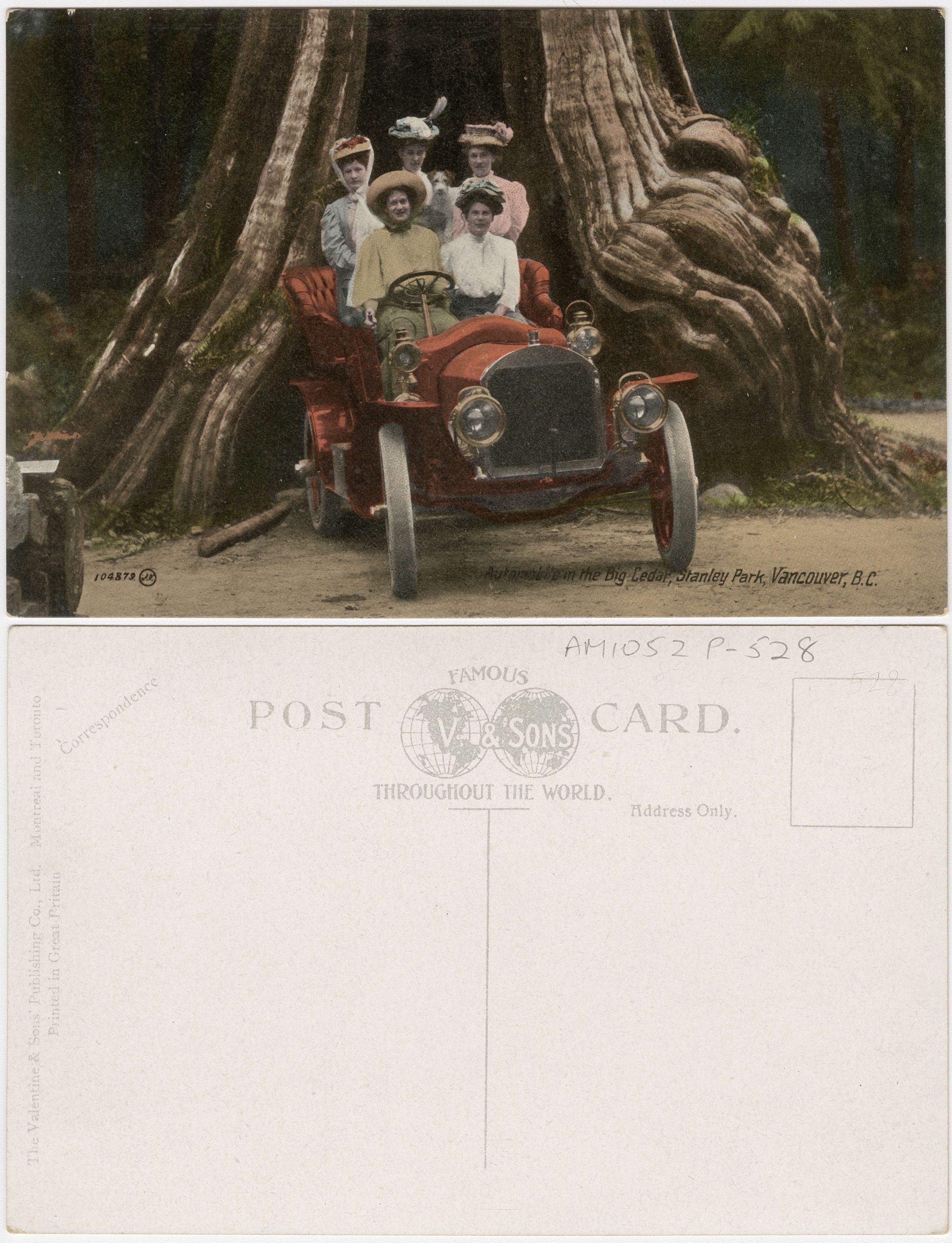
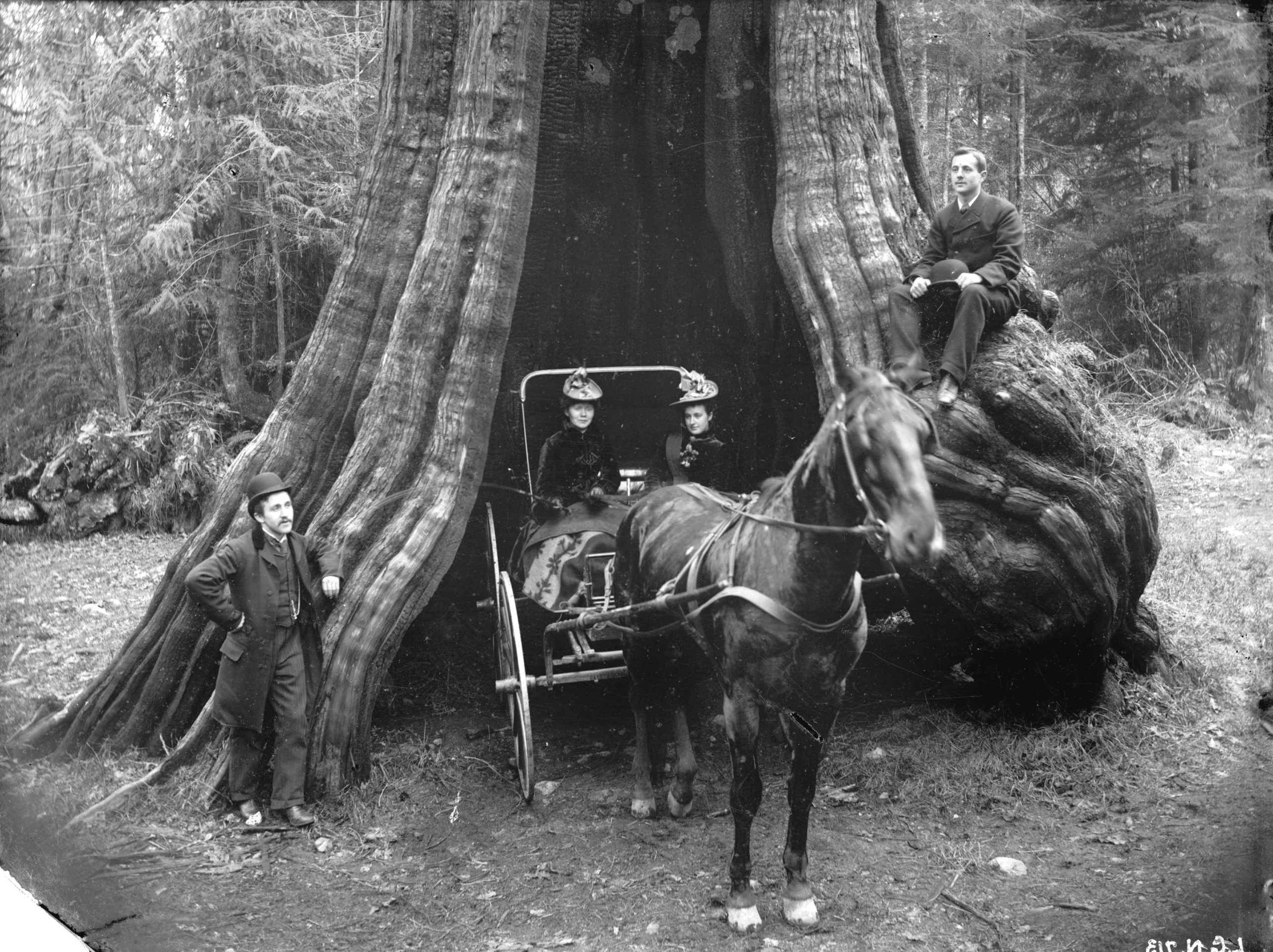
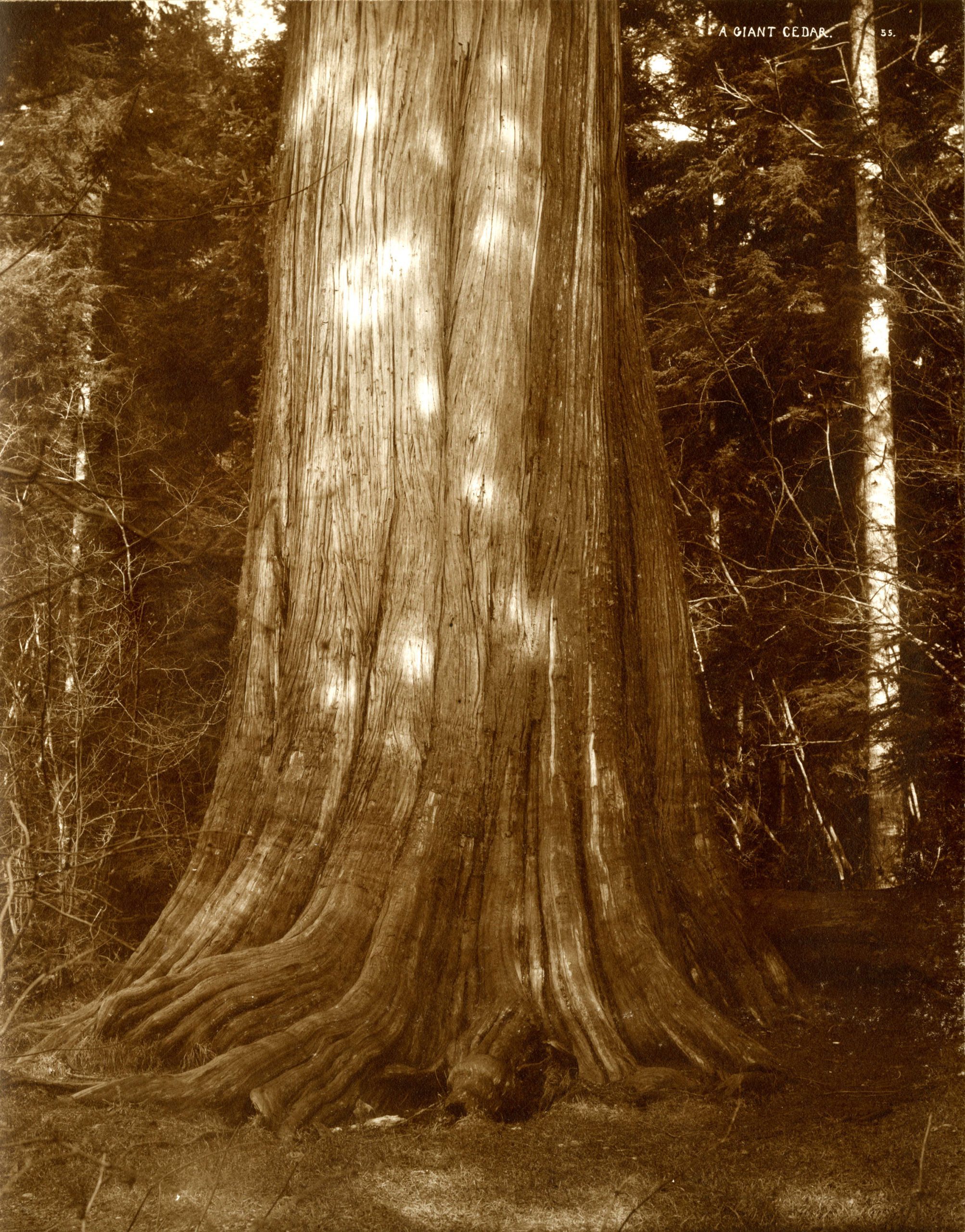
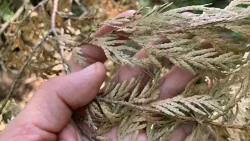
Comments are closed here.